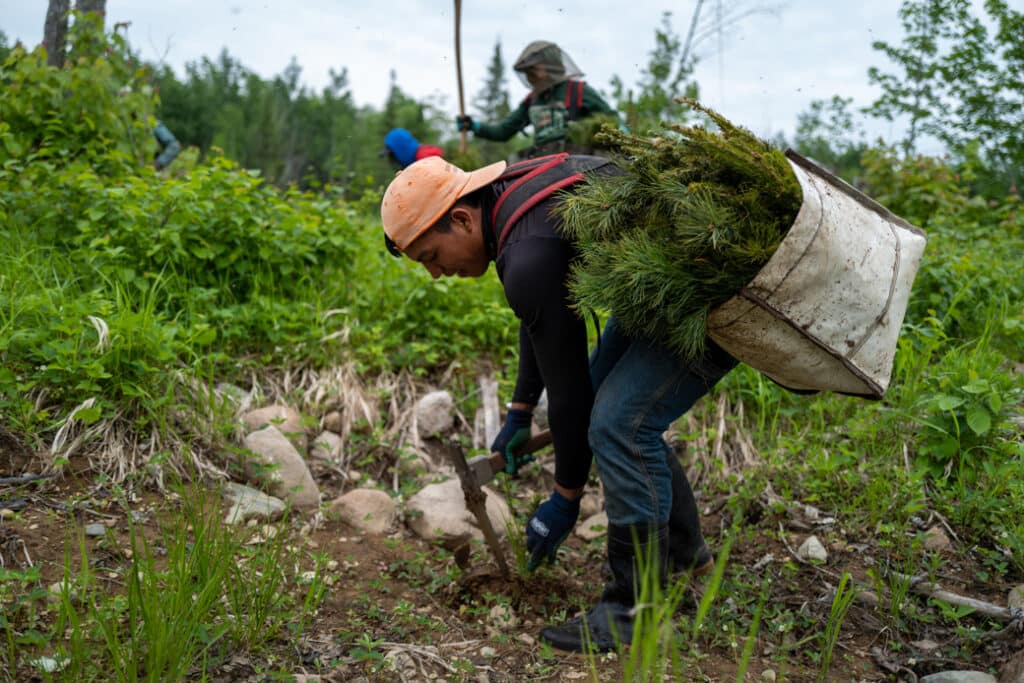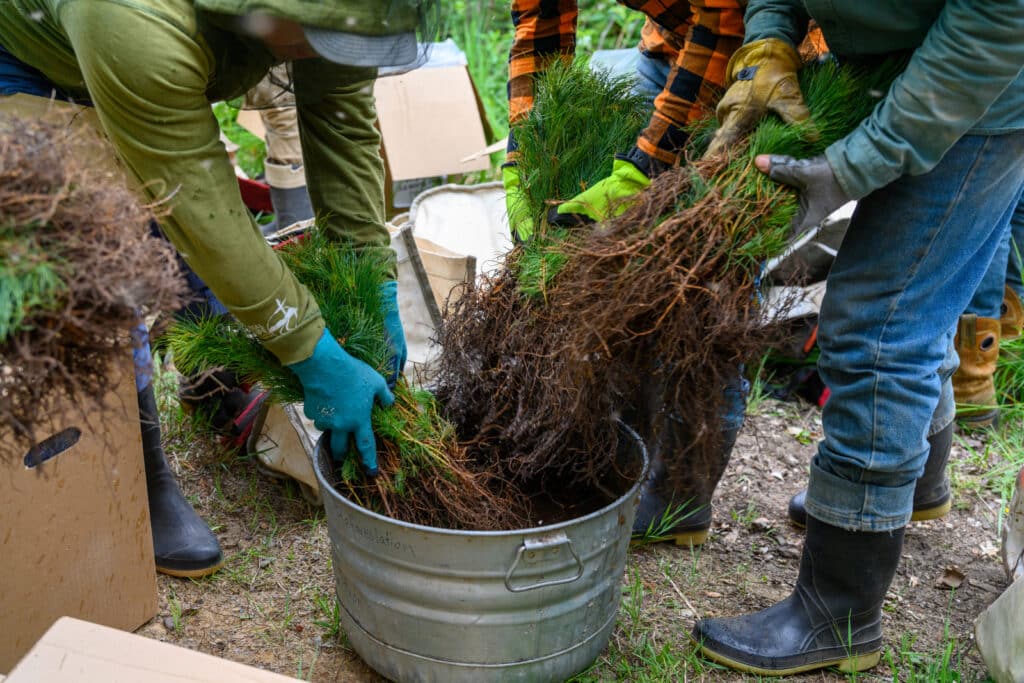
Over the past year, state, federal, and environmental groups have partnered to plant millions of trees in northern Minnesota. The Nature Conservancy (TNC), in partnership with the Minnesota Department of Natural Resources (MN DNR) and the U.S. Forest Service (USFS), planted 2.3 million trees throughout the spring season. TNC reports that the state’s forests have decreased from 31.5 million acres to 18 million acres since the 1800s. They aim to reverse this trend by boosting forest resiliency and diversity while adapting to long-term climate change.
Forests have been reduced by half
The Minnesota Board of Water and Soil Resources shares that forested landscapes consist of private, tribal, and public lands. The agency states that county/municipal, state, and federal entities own between 13 and 18 percent of the 15 million acres of commercially productive timberland in Minnesota. Private, tribal, and industry-owned lands comprise the largest block, totaling 53 percent or approximately 8 million acres.
However, centuries of logging, burning, wildfires, and modern harvesting practices have impacted Minnesota’s forests which have been reduced by half. This spring, the conservancy had teams planting trees to help restore areas impacted by the Greenwood Fire.
Yet groups like the TNC communicate that tree varieties have simplified in terms of diversity and age. This increases stressors to the forest which include disease, insect infestations, and climate change. “Climate change will intensify drought, wildfire, and other threats to our forests,” said Ann Mulholland, director of The Nature Conservancy in Minnesota, North Dakota, and South Dakota. “That’s why we are using science-based methods to strategically plant millions of diverse trees in Minnesota. These trees will grow for decades, storing carbon, providing habitat, and making the forest more resilient.”
Diversity of trees planted
Over the past year, crews planted 727,000 white pines, 439,000 white spruces, 496,000 red pines, and 283,000 jack pines. They also planted thousands of yellow birches, black spruces, tamaracks, red oaks, bur oaks, and white cedars. Trees were selected for their longevity and resiliency, increasing the total from 1.4 million trees planted last year.
Crews planted trees throughout northern Minnesota, including in state parks, along stretches of Hwy 61, and within the Superior National Forest. They also planted trees along 20 miles of streams feeding into Lake Superior to support trout habitat.
The Nature Conservancy highlights that partnering with state and federal agencies benefits everyone. Healthy forests boost recreation, water quality, and wildlife, while also supporting timber-related jobs and products.
Sixty-five seasonal workers from Guatemala and Honduras carried out the planting.

More info:

Wilderness guide and outdoorswoman Pam Wright has been exploring wild places since her youth. Remaining curious, she has navigated remote lakes in Canada by canoe, backpacked some of the highest mountains in the Sierra Nevada, and completed a thru-hike of the Superior Hiking Trail. Her professional roles include working as a wilderness guide in northern Minnesota and providing online education for outdoor enthusiasts.

